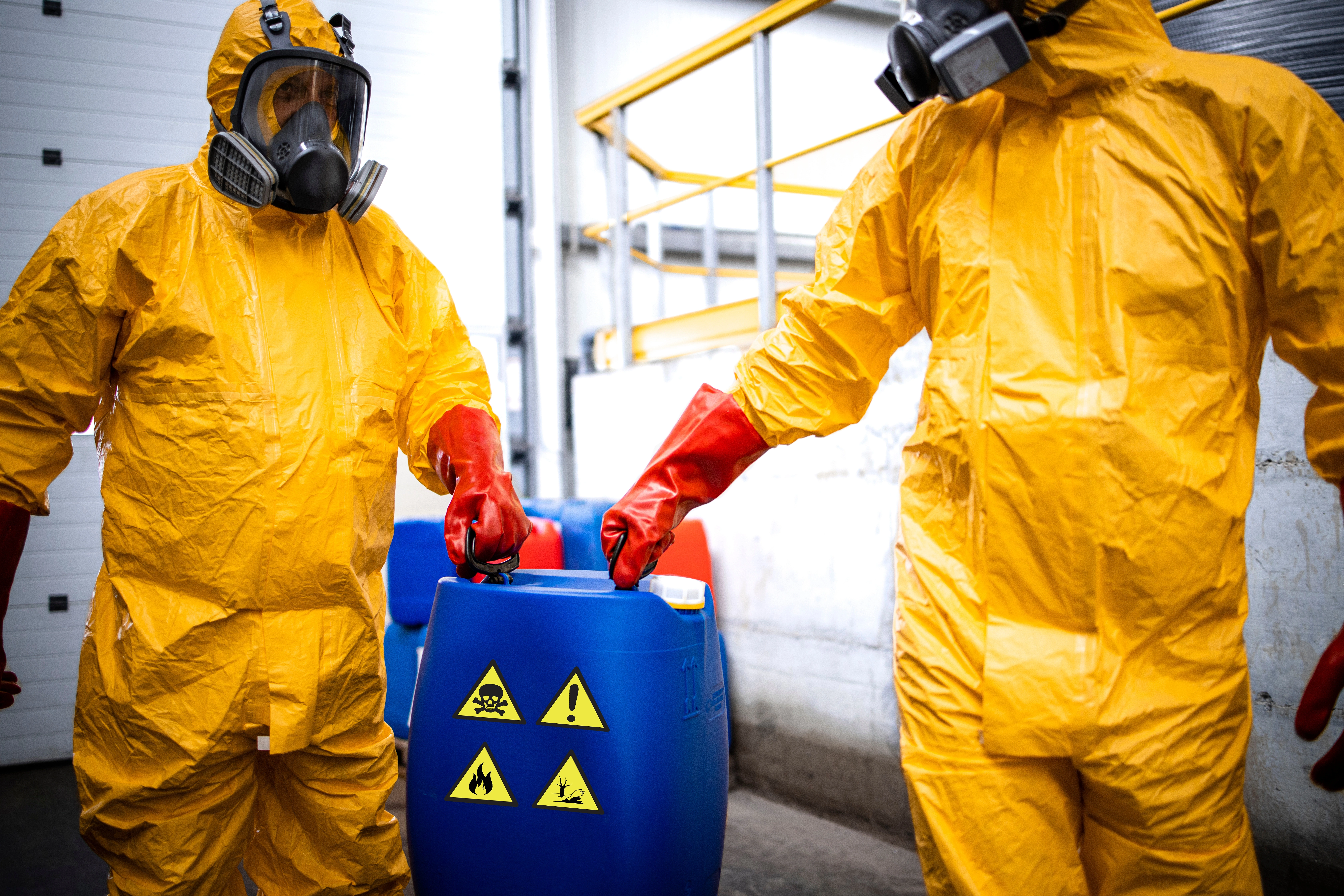A Comprehensive Guide to HAZWOPER Training in Various Industries

HAZWOPER (Hazardous Waste Operations and Emergency Response) training is a program designed to ensure the safety and health of workers who handle hazardous materials in various industries. HAZWOPER training provides guidelines and procedures to minimize the risks associated with hazardous waste operations and emergency response thereby enhancing workplace safety.
We provide a range of HAZWOPER training courses designed for employees involved in the handling of hazardous materials and the cleanup of hazardous waste sites.
Why is HAZWOPER Training Important for Worker Safety?
The purpose of HAZWOPER training is to prevent and minimize the possibility of worker injury and illness resulting from potential exposures to hazardous waste and other hazardous substances. The HAZWOPER training covers a wide range of topics, including:
- Hazardous materials identification and classification,
- Hazardous waste handling and disposal,
- Site safety planning,
- Decontamination Procedures,
- Personal protective equipment (PPE), and
- Emergency response procedures.
HAZWOPER training is an important part of protecting workers from the dangers to safety and health arising due to handling hazardous materials or hazardous waste. By ensuring that workers are properly trained, employers can help to prevent accidents and injuries, while increasing overall workplace safety standards.
Benefits of HAZWOPER Training
- Increased awareness of hazardous materials and their potential hazards. Workers who have completed the OSHA 40 hour HAZWOPER training are better able to identify and assess hazardous materials, which can help them to avoid exposure.
- Improved understanding of PPE and how to use it properly. HAZWOPER training teaches workers about the different types of PPE and how to use it properly to protect themselves from exposure to hazmat.
- Improved site safety planning. HAZWOPER training teaches workers how to plan for and manage safe worksites when hazardous materials are present.
- Enhanced knowledge of emergency response procedures. HAZWOPER training teaches workers how to respond to emergencies involving hazardous materials, which can help to prevent accidents and injuries.
- Increased compliance with OSHA regulations. HAZWOPER training helps employers to ensure that they comply with OSHA regulations governing hazardous waste operations and emergency response.
Frequency of HAZWOPER Training
The level of training required depends on the worker's role and potential exposure to hazardous materials. Most workers must be given the 40 hour HAZWOPER training, but a shorter 24 hour HAZWOPER training program is also available for those workers only periodically exposed to hazardous materials or hazardous waste or those workers who have previous experience with hazardous materials.
Click here to learn more about the difference between the HAZWOPER 40 and the 24 Hour training requirements as per OSHA requirements.
Workers who have completed the initial HAZWOPER 40 or 24 hour training must receive annual refresher training as per OSHA requirements. The refresher training must be at least eight hours long and must cover the same topics as the initial training.
It is important to note that some states follow OSHA State-specific regulations which may be different or more stringent than OSHA HAZWOPER federal regulations. Therefore, it is recommended to consult local authorities such as the OSHA office to ensure compliance with the applicable HAZWOPER training requirements in your area.
Which Industries Require HAZWOPER Training?
According to OSHA, workers in a variety of industries require HAZWOPER training, including:
Construction Industry
Workers involved in the cleanup of hazardous waste sites, such as Superfund sites or brownfield sites, must have HAZWOPER training. This includes workers who are involved in demolition, excavation, or other activities that could expose them to hazardous materials.
Manufacturing or Industrial Operations
Workers who use or handle hazardous materials in manufacturing facilities must have HAZWOPER training. Workers who are involved in the production process of toxic chemicals and other hazmat also require HAZWOPER 40 training. This includes workers in industries such as chemical manufacturing, petroleum refining, and plastics production.
Treatment, Storage, and Disposal (TSD) Facilities
Workers involved in the treatment, storage, or disposal of hazardous waste at TSDFs must have HAZWOPER training. This includes workers in facilities that handle hazardous waste from a variety of sources, such as industrial facilities, hospitals, and businesses.
Oil and Gas Industry
Workers employed in oil refineries, drilling operations, and pipelines are exposed to various hazardous substances and can potentially encounter emergency situations. HAZWOPER 40 training is mandatory for workers involved in such work operations.
Transportation and Shipping
Workers who transport hazardous materials by air, land, or water must have HAZWOPER training. This includes drivers, loaders, and other workers who are involved in the transportation of hazardous materials. Companies involved include chemical distributors, trucking companies, and shipping companies. Such workers require HAZWOPER training to comply with regulations and respond effectively to emergencies.
In addition, employees of such companies or those workers involved in such work also require the U.S. Department of Transportation’s Hazardous Materials Regulations (DOT HMR) training to ensure compliance with DOT hazmat regulations.
Click here for a list of DOT HMR training courses.
Laboratories
Workers employed by research and testing laboratories that handle hazardous chemicals and materials require HAZWOPER training to ensure the safety of laboratory personnel.
Engineering
Engineers who design, construct, or operate facilities that handle hazardous materials or hazardous waste must have HAZWOPER training. This includes engineers who work in the design and construction of chemical plants, refineries, and other industrial facilities.
Environmental Services
Workers who provide environmental services, such as environmental consulting or remediation, or work in waste management or recycling operations must have HAZWOPER training. This includes workers who are involved in the assessment, cleanup, or disposal of hazardous waste. If such workers are frequently exposed to hazmat, then they require the HAZWOPER 40 hour training course.
Emergency Response
Firefighters, hazmat teams, and emergency responders require specialized HAZWOPER training to safely handle and mitigate incidents involving hazardous materials. Such workers specifically require the HAZWOPER Q series training as per the OSHA HAZWOPER standards.
In addition to these industries, OSHA may also require HAZWOPER 40 or 24 hour training for workers in other industries that handle hazardous materials or hazardous waste. Workers who are unsure whether they need HAZWOPER training should consult with their employer or a qualified safety professional. They may also contact their local OSHA office for more information.
In Conclusion
OSHA HAZWOPER training is an important tool for protecting workers from the dangers arising due to exposure to hazardous materials and hazardous waste across industries and work tasks. By identifying the need for HAZWOPER training, and ensuring that workers are properly trained, employers can help to prevent accidents and injuries, increase organizational reputation, reduce costs related to worker compensation and regulatory fines, and thereby create a safer workplace for everyone.







